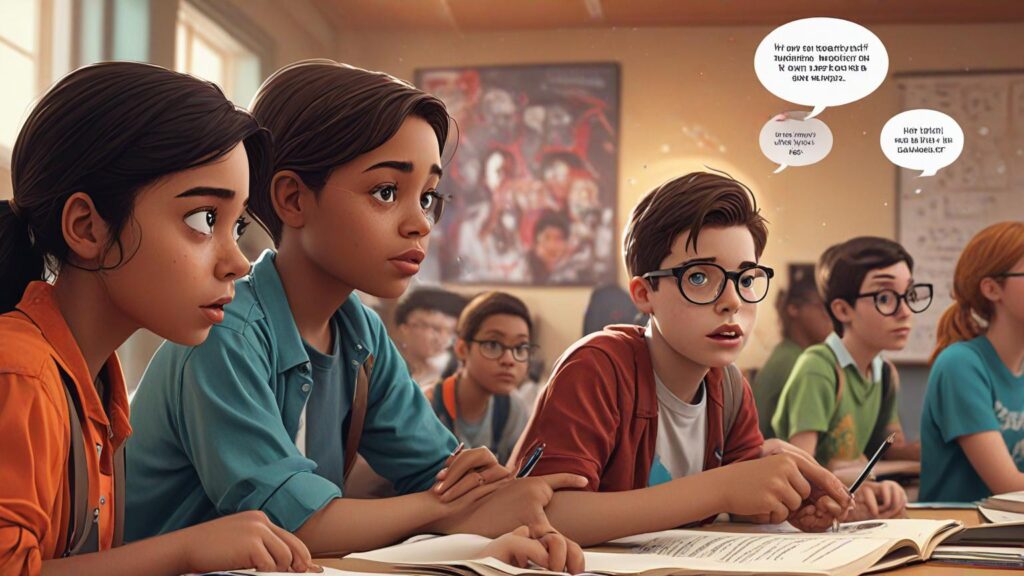The Official Website of E.B. Brown
Auto Maxwin 10 Menit Tanpa Ribet
Rahasia Auto Maxwin 10 Menit
Gak Perlu Lama 10 Menit Maxwin
Trik Cepat Maxwin 10 Menit
10 Menit Saldo Gendut Maxwin
Modal 10 Menit Auto Maxwin Harian
Mau Maxwin Cepat 10 Menit Trik
10 Menit Maxwin Ngocor Terus
Trik 10 Menit Maxwin Gampang
Maxwin Anti Lama 10 Menit Cuan
Modal Receh CUAN Langsung JP Ngalir
Main Santai Cuan Cepat Modal Receh
Anti Lama Jackpot Gila Modal Tipis
JP Ngalir Modal Tipis Strategi Rahasia
Modal Receh Hasil Sultan Trik Ampuh
CUAN Cepat JP Modal Kecil Rahasia
Modal Tipis Hasil Tebal Jackpot Ampuh
JP Ngalir Trik Santai Cuan Mudah
Modal Banyak Zonk Modal Receh JP
Cuan Anti Drama Receh Langsung JP
Mang Ujang Ojek Cuan Mahjong Ways
Warung Padang Bu Desi Laba Mahjong Ways
Imlek Keberuntungan Mahjong Ways
Dari Lato-Lato ke JP Mahjong Ways
Cincin Kawin Tukang Sate Jackpot Mahjong Ways
Pasar Malam Gempar Mahjong Ways
Direktur Minyak Goreng Kejutan Mahjong Ways
Tukang Cilok Hadiah Jackpot Mahjong Ways
Rupiah Melemah Keuntungan Mahjong Ways
Seminar Pak Haji Cara Menang Mahjong Ways
Tukang Jait Bu Ijah Pola Mahjong Ways
Shio Naga Hubungan Mahjong Ways
Suara Rakyat Gempar Warga Mahjong Ways
Pernikahan Juan Boyband Korea Hoki Mahjong Ways
Mahjong Ways Kasih Emas 10gram Kok Bisa
Ngidam Bakmie Singapore Cuan Mahjong Ways
Pria Idaman Bangsawan Rahasia Mahjong Ways
Squid Game Kategori Khusus Mahjong Ways
Warung Nasi Ubah Nasib Mahjong Ways
Jurus Taici Hasil Mahjong Ways
Minum Jamu Mahjong Ways Lupa Daratan
Buku Pertahanan Anti Rungkad Mahjong Ways
Tissue Magic Pengaruh Game Mahjong Ways
Iklan Bear Brand Naga Mahjong Ways
Shio Naga Mahjong Ways Keberuntungan Ganda
Panduan Bermain Mahjong Ways Pola Ampuh Tips
Bocoran Pola Efektif Mahjong Ways Hasil Optimal
Panduan Bermain TOS808 Pola Gacor Olympus
Trik Jitu Slot Online Raih Kemenangan Maksimal
Bocoran Spin Mahjong Ways 2 Pola Tepat TOS808
Tasya Angpao Imlek Scatter Hitam Mahjong Wins 3
Ardi Makswin Gates of Olympus Imlek
Maya Cuan Imlek Scatter Hitam Mahjong Wins 3
Bayu Keberuntungan Starlight Princess Makswin Imlek
Fitri Jackpot Mahjong Wins 3 Scatter Hitam
Kevin Rejeki Imlek Multiplier Gates of Olympus
Novi Makswin Imlek Scatter Hitam Mahjong Wins 3
Bima Makswin Starlight Princess Free Spins Imlek
Rizka Scatter Hitam Mahjong Wins 3 Makswin Imlek
Yudi Jackpot Gates of Olympus Imlek Multiplier
Zara Keberuntungan Imlek Scatter Hitam Mahjong Wins 3
Rafi Makswin Starlight Princess Imlek
Lila Jackpot Scatter Hitam Mahjong Wins 3 Imlek
Bimo Rezeki Multiplier Gates of Olympus
Cici Makswin Imlek Scatter Hitam Mahjong Wins 3
Dani Keberuntungan Tahun Baru Cina Starlight Princess
Eka Cuan Scatter Hitam Mahjong Wins 3
Fira Kemenangan Imlek Gates of Olympus
Gio Angpao Scatter Hitam Mahjong Wins 3
Hani Makswin Starlight Princess Imlek
Ika Scatter Hitam Mahjong Wins 3 Makswin
Joko Menang Gates of Olympus Imlek
Kiki Rezeki Imlek Scatter Hitam Mahjong Wins 3
Lutfi Free Spins Makswin Starlight Princess Imlek
Mira Scatter Hitam Mahjong Wins 3 Cuan
Nina Keberuntungan Imlek Gates of Olympus
Odi Rezeki Imlek Scatter Hitam Mahjong Wins 3
Putri Makswin Imlek Starlight Princess Strategi
Rani Keberuntungan Tahun Baru Cina Mahjong Wins 3
Sinta Jackpot Gates of Olympus Imlek
Zara Keberuntungan Imlek Scatter Hitam Mahjong Wins 3
Rafi Makswin Starlight Princess Imlek
Lila Jackpot Scatter Hitam Mahjong Wins 3 Imlek
Bimo Rezeki Multiplier Gates of Olympus
Cici Makswin Imlek Scatter Hitam Mahjong Wins 3
Dani Keberuntungan Tahun Baru Cina Starlight Princess
Eka Cuan Scatter Hitam Mahjong Wins 3
Fira Kemenangan Imlek Gates of Olympus
Gio Angpao Scatter Hitam Mahjong Wins 3
Hani Makswin Starlight Princess Imlek
favorit di musim liburan
fitur menarik untuk meraih keuntungan
keajaiban natal dengan buah dan permen
keajaiban natal
nuansa natal
perjalanan natal tak terlupakan
pilihan utama pecinta permainan online
pola dan peluang
rahasia di balik keseruan
tips dan strategi
THE OFFICIAL WEBSITE OF E.B. BROWN
THE OFFICIAL WEBSITE OF E.B. BROWN
Menu
Graphic Novels: Breaking Barriers in Literacy and Education
Graphic novels have emerged as powerful tools in literacy and education, breaking traditional barriers and offering unique ways to engage readers across age groups and learning abilities. Once dismissed as “lowbrow” entertainment, graphic novels have gained respect and recognition as legitimate literary forms with significant educational value. Through a combination of visual storytelling, complex narratives, and accessible formats, graphic novels are reshaping how students approach reading, making learning more inclusive and dynamic.
